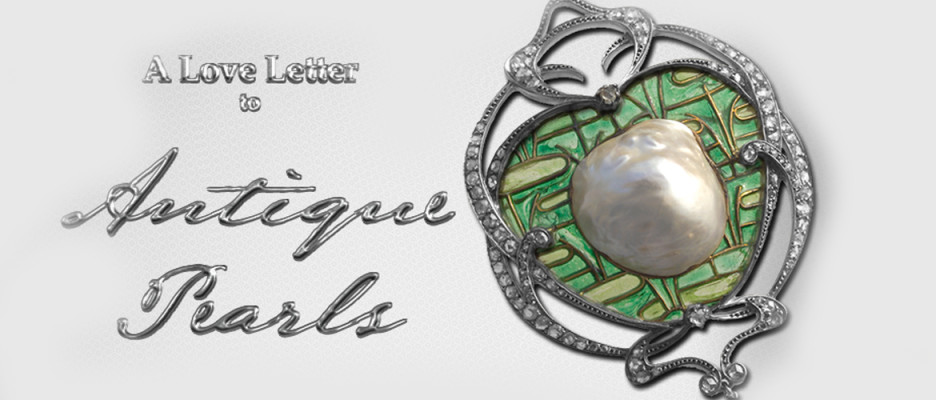
Above: Belle Epoque Brooch /Pendant by Fonsèque & Olive. French, c.1895. Photo courtesy of Tadema Gallery.
Whereas design and craftsmanship were primarily valued by the jewellers of the Art Nouveau, the materials used (pearls, diamonds, platinum, etc) were the most valued by the great Edwardian jewellers. In contrast to the concurrent style of Art Nouveau, Edwardian jewellery’s design was understated, highly feminine, and traditional in style. Here’s a closer look at that era.
IV. Edwardian Period. This refers to the period of the monarchy of Edward VII of England, who reigned from 1901 to 1910, following the death of his mother, Queen Victoria. Although Edward’s reign only lasted for a decade, the jewellery style form this time began in 1890 and ended abruptly at the onset of World War I in 1914, which brought the Edwardian Era to a close.
Jewellery was an important part of the lifestyle cultivated by this extremely wealthy upper class. It was often used to reinforce the class system and show one’s rank in society. Worn by the high society in the early 1900s, Edwardian jewellery emanated from a society defined by extravagance and refinement.
___________________________________________________
The Titanic has often been called an exquisite microcosm of the Edwardian era.
The Titanic disaster took place during the Edwardian period. The tragic ocean liner represents a very clear-cut example of the rigid social class divisions (with its First, Second, and Third Class passengers) at that time. The strong belief then was people stayed within the limits of the life into which they were born.

Platinum, Diamond and Natural Pearl Necklace, circa 1905. ($ 28,500 at www.sheilagoldfinger.com)
PEARLS. Diamonds. Platinum. These defined Edwardian Era jewellery. Its hallmark was the beginning of the use of platinum enabling intricate and delicate designs that had a lace-like appearance. They were meant to complement the white silk and lace being worn by affluent and stylish ladies. A common trait of Edwardian jewellery is platinum on yellow gold usually with all diamond trim, giving this period its “all white” appearance.
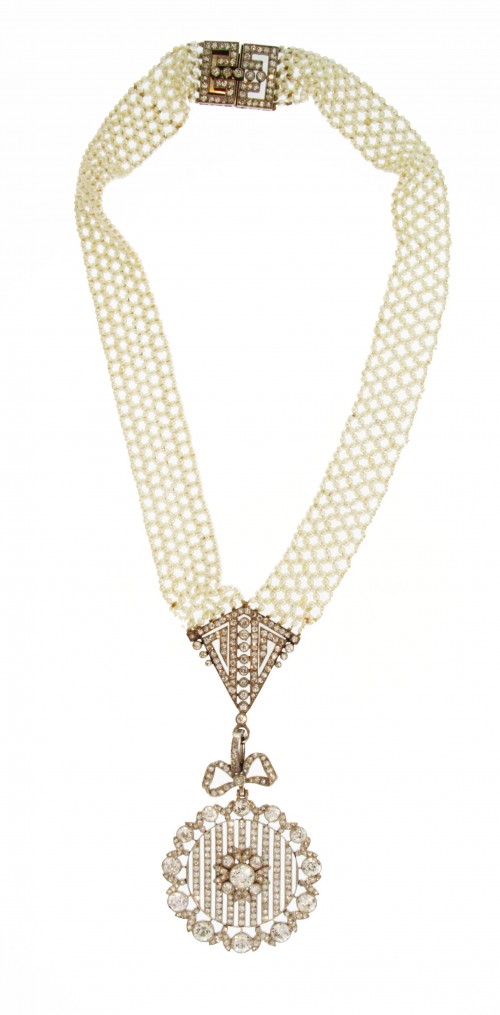
Edwardian Platinum, Seed Pearl and Diamond Pendant-Necklace. Removable Medallion Drop. Circa 1900.( $30,000 at www.jsfearnley.com)
.

Edwardian Diamond Natural Pearl Gold Pendant, circa 1900
($12,000 at www.sheilagoldfinger.com)
Larger pendants were often circular with garland and geometrical motifs. Edwardian jewellery eschewed the colorful treatments of the heavily enameled or mosaic-decorated Victorian pieces for a palette that bordered on the monochromatic.

Edwardian Black & White Natural Oriental Pearl Earrings, mounted in platinum, circa 1915
(Price upon request at www.sandracronan.com)
All the Edwardian elements were present including PEARLS, platinum, diamonds –and millegraining. Designed to move and sway with the lighter flowing garments, Edwardian earrings were an everlasting iconic element of the period. Nothing was considered more elegant for an evening gala than the wearing of large pearl drop earrings They were the ideal ornaments for ladies who wished to highlight their silky complexions at a ball.
La Belle Époque. The movement called Edwardian in Great Britain was called Belle Époque, “Beautiful Era”, in France and the rest of Europe. This period lasted until 1915, five years after King Edward’s death.

Belle Epoque Natural Pearl and Diamond Brooch, circa 1910
($19,750 at www.jsfearnley.com)
Belle Époque jewellery is characterized by garlands and swags of foliate motifs, lace and bows. Designs reflect the neoclassical and rococo motifs of 18th century French courts.
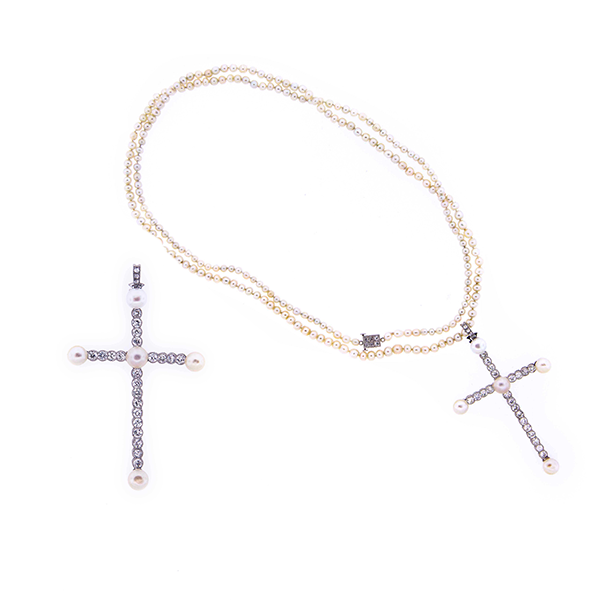
A Belle Epoque Natural Pearl and Diamond Cross Pendant, circa 1900 ($9,200) with an Edwardian Single Strand Natural Pearl Necklace, circa 1910 ($3,000). Both pieces at www. simonteakle.com
Religious depictions were amongst the favorite jewelry items, particularly with the Catholic countries.. The predominant fashion then were pastel delicate fabrics and this new “white’ jewellery suited them perfectly.
Antique Pearls today bring us back to the time when pearls were most celebrated and yearned for. Quite fittingly, the thoughts of French poet Paul Claudel (1868-1947) about the PEARL resonate with us until now:
The pearl has no other value than its intrinsic beauty and perfection, the fruits of its simplicity, purity and splendor; its only value lay in the desire it inspired.
Photographs courtesy of J.S. Fearnley Fine & Estate Jewelry, Sandra Cronan Ltd, Simon Teakle Fine Jewelry & Objects, Sheila Goldfinger Antique and Estate Jewelry, and Tadema Gallery.
Read ESTATE PEARL JEWELLERY PART 2
Tags: popular
One Response to The “Estate Pearl Jewellery (Part 3)”
Comments are closed.

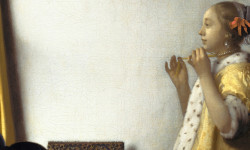
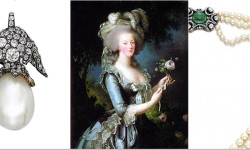
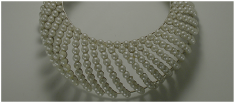
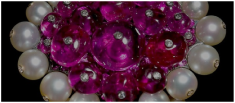
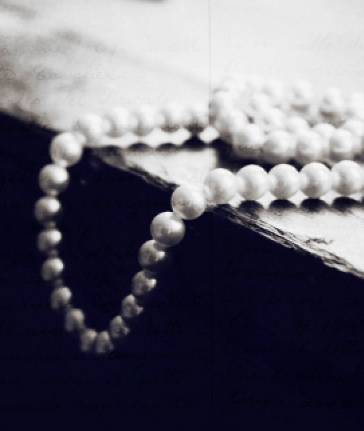
These are magnificent collection of antique pearls, love the earrings. Where can I buy estate pearls? I am a pearl collector based in Chicago. Pls. let me know your recommended list of trusted sellers.